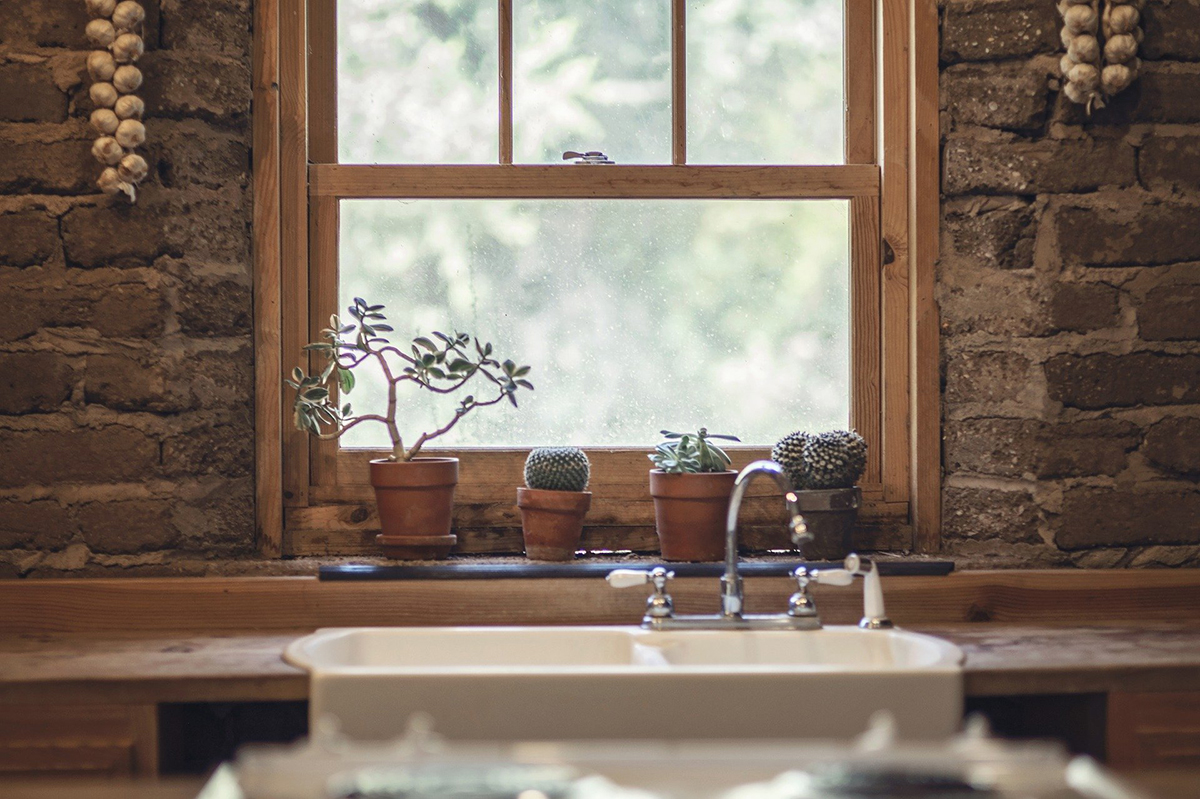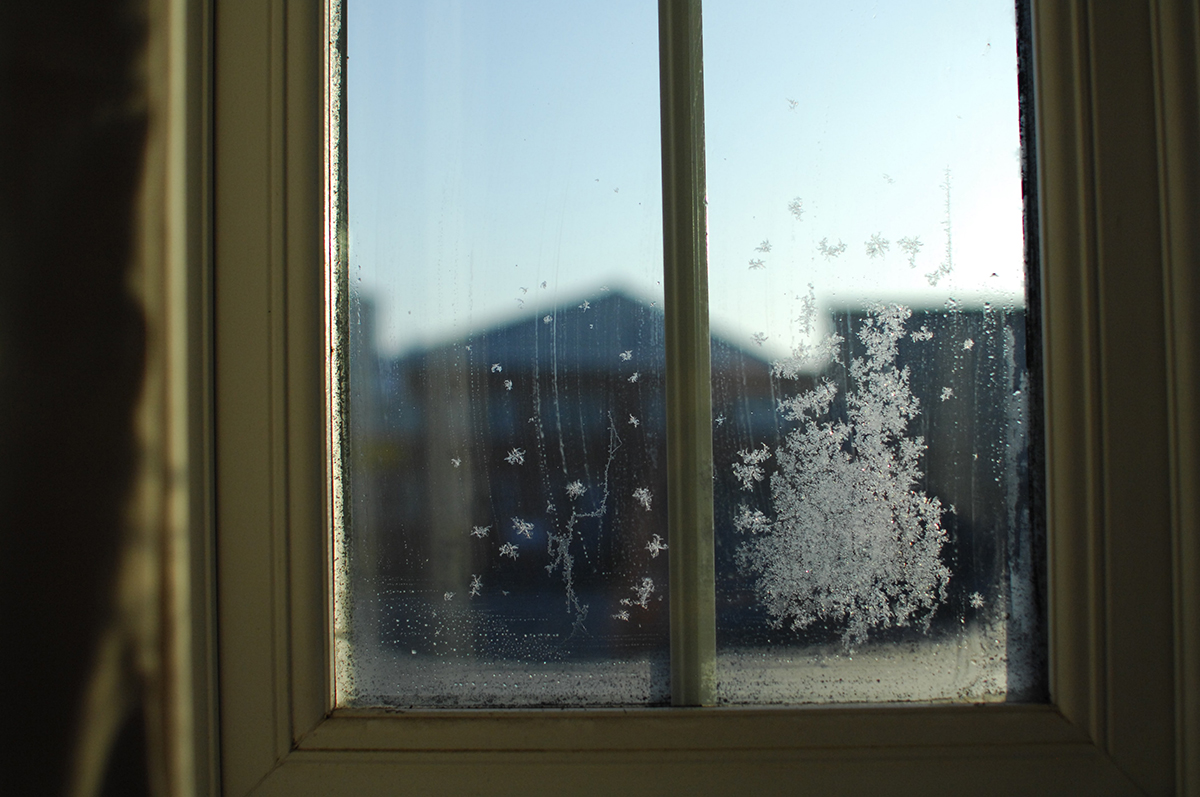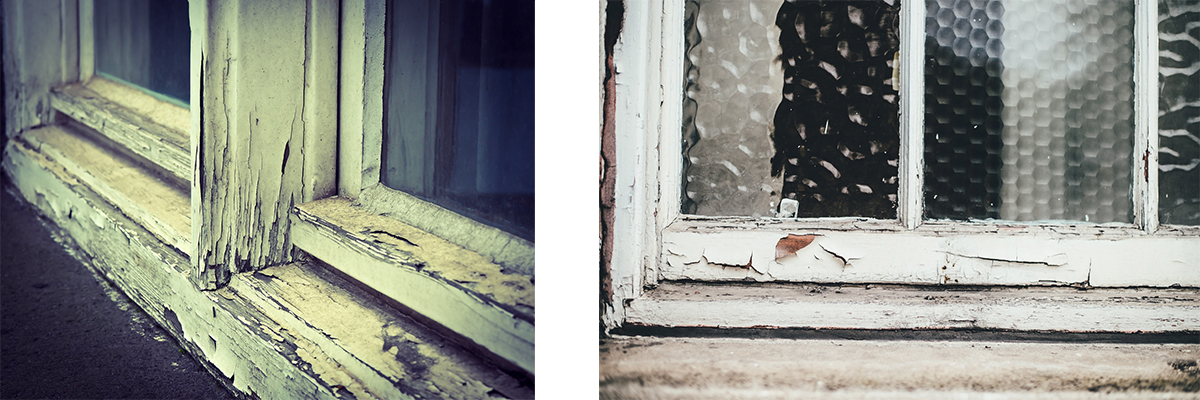A home’s windows are one of the top five ways a home loses heat in the winter. The front and back door rank first, and leaks in the vent system if it applies is a big second, but due to the size of windows and their lack of insulation being glass they come in third. However, there are cold climate windows one can use to offset the problem and reduce heat loss considerably.
Windows are Essential for Natural Light
Practically every home is going to have windows of some sort just to let natural light in if nothing else, and many have an opening feature for air flow as well during warm days. So, no surprise, during the cold days windows can be a bit of a problem losing heat right through the glass pane and frame. When your winter season is a long one, that can be costly as well as irritating in a room or area you’re trying to keep warm and livable.

Fortunately, it is possible despite the natural form of glass to obtain winter-resistant, insulating windows. These window forms have been used for years in places where winter cold really does mean below 0, and they keep the home inside warm and affordable utility-wise.
Best Windows for Northern Climates: Energy-Efficient Design
The first aspect to look for in cold weather windows is one where the product is clearly certified to meet energy efficiency. These window products have been especially fabricated to trap and keep a solid seal in home, at least through the window area, to block the transfer of heat or cold into the home and the internal environment the same. They do this through a reduction of plane old metal framing and glass and instead utilizing products such as vinyl and wood for structure. Then, the window glass pane itself is doubled, i.e. double-pane. This dual layer approach lets the outside layer take the brunt of the gold while keeping a trapped layer or air between the outer and inner layer. Doing so keeps the inner layer from being affected as much by external temperature and losing heat from the inside (or cool in the summer).
Note, there are variations to performance. While wood has a strong track record for insulation, is does poorly with the external elements and can rot quickly. Vinyl does far better, but it has a life span of about 7-10 years before the sun does damage to it. Composite frame performs the best, made from fiberglass and providing both inorganic material structure and resistance to the elements.
The Glass Pane Choice
Again, dual multi-pane designs work far better, stopping transfer of temperature through the glass as easily as a single pane traditional design. That said, they are not the only choice in glass approaches to insulated windows. Low-E glass panes have a special layer of metallic oxide applied to their surface. This reflects off the sun’s heat and stops heat transfer from moving through the glass from the inside out. Combined with a dual-pane approach, Low-E panes can be extremely effective.

Additional Factors in the Best Type of Windows for Insulation
Windows also come with a number of ratings that a homeowner should pay attention to; these factors also help contribute to better window performance and insulation if one picks the right product. Unfortunately, windows often become an afterthought when buying a home as the attention tends to be on the entire property. That said, if you find yourself in the situation of replacing your windows, definitely take a look at the following ratings:
- The rate of solar heat transfer – The amount of solar heat allowed through a window is measured by industry testing. This factor, known as the Solar Heat Gain Coefficient or SHGC, should be at 0.55 if you’re in an area where your winters are long and cold.
- Total heat transfer – The overall rate of heat transfer in or out is measurable as well. This factor is known as the U value. Again, if you’re in a cold climate and long winters are normal, you want a window with a U value of at least 0.33 or smaller.
- Visible light transfer – The level of daylight that gets into a home depends on the clarity or opacity of your windows. Measured by Visible Transmission or VT, light transfer allows heat in from the sun without the cold. Solar heating adds a tremendous amount of heat increase for your home overall, so you want to trap that inside when you can.
Best Type of Windows for Cold Weather
Once you have a solid idea what you’re looking for, some particular window brands are going to be noticeable and common in the winter window arena. Some of the big names include Europa, Gamma and Unica. All of these brands meet the minimum high performance standards for winter windows associated with multi-pane designs, Low-E glass layering, and glazing as well. Many of their products use a combination of benefits to enhance their winter resistance and boost performance well above the competition and that of normal windows.

Other Tips
Don’t forget your window framing as well. A lot of heat can be lost through the window frame, even if the window itself is top-notch. Even the best of frames will eventually realize some shifting due to expansion and contraction between seasons. And that’s where cracking occurs, creating gaps for the cold to come in around your windows. And there’s a simple fix – regular caulking. Inspect around your windows every fall and spring and seal up those cracks when found. It seems minimal, but those gaps can make a huge difference to your heating bill over time.
Examples of a cracked window frame

For folks in the Ontario area and surrounding region, Energy Kingston Exteriors can help. We’ve been replacing and installing windows for over four decades, which gives our teams a tremendous amount of experience on what works with different home types and structures, especially given how cold Canadian winters can get. If you’re looking at a window upgrade on an older home or you want something that performs better on your current one to reduce your heating bills, Energy Kingston Exteriors can help. Because we combine the ability to tap into the best window brands available as well as taking care of all the installation needs and work, we provide a one-stop approach to replacing your windows or installing new ones. Give us a call or email to set up an appointment, and we can visit your home or property and focus specifically on what you will need for your goals.

